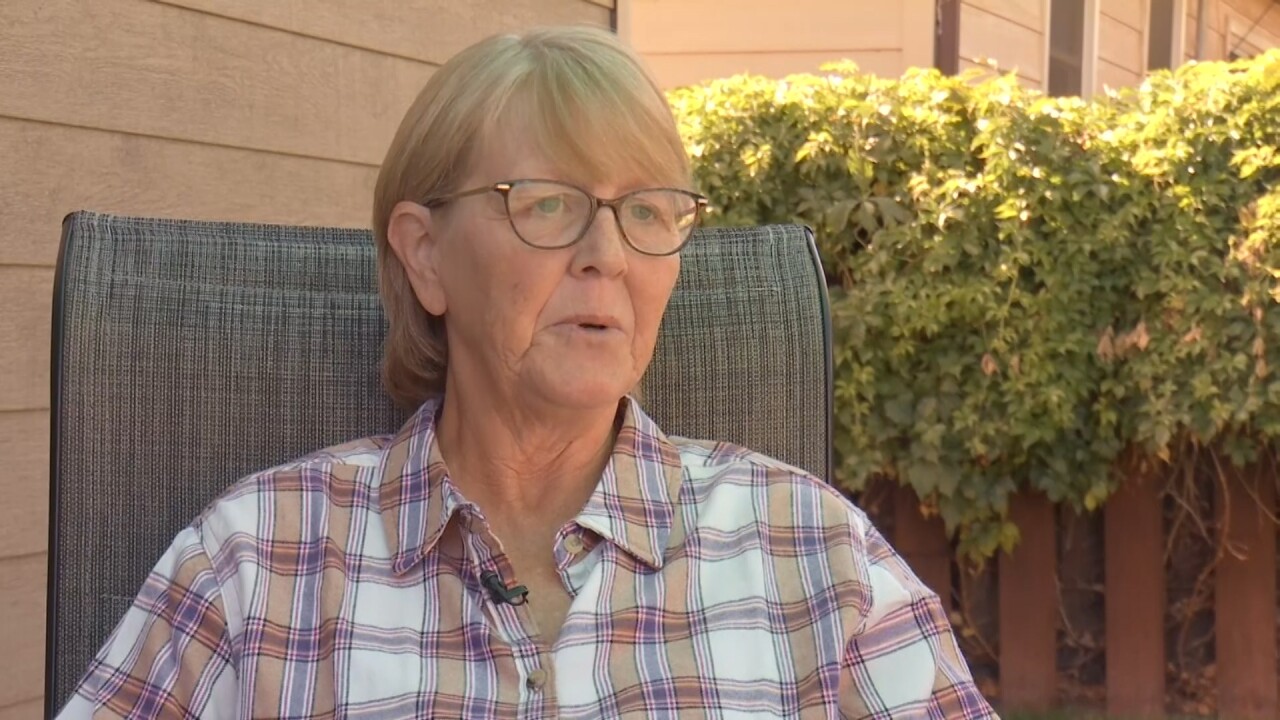BILLINGS - New data released this week from the US Centers for Disease Control (CDC) shows that about 80% of people suffering from long COVID-19 are experiencing trouble performing everyday activities.
Sam Deckert of Billings is one of them.
It’s been a rough go for him after contracting COVID-19 about a year ago — despite being vaccinated and double boosted.
Months after the cough and initial symptoms went away, he was still struggling with fatigue and severe joint and muscle pain.
“My legs hurt so bad and my arms hurt so bad,” he says.
He was worried he might never get back to walking on his own again.
“I had to use a cane put it on the floor and pull myself up the best I could. And at that point, I thought I was probably going to live the rest of my life with a cane or a walker,” says Deckert.
Deckert is what’s known as a COVID-19 long hauler — one of many people still experiencing symptoms such as fatigue, shortness of breath, and cognitive problems with thinking and memory long after first coming down with COVID-19.
Symptoms can come and go — and can’t be explained by another health problem.
“I just got back from my doctor and he said they are seeing things now that are going on two years. He said I can’t tell when you are going to be back to normal or if you ever will,” he says.

Another Billings resident, Sally Strom, has struggled for almost two years — about 20 months — since she first had COVID-19.
She originally felt better and returned to work, but that didn’t last long as mysterious symptoms began to appear.
Things have not gotten any better for her, despite traveling to the Mayo Clinic to try and get some answers.
“The headaches, the brain fog, my memory has gotten a lot worse. I forget complete conversations sometimes,” she says.
She still hasn’t been able to return to work or drive again. Just walking a short distance often wears her out.
She’s understandably worried.
“It’s not like one magical pill. It’s just trial and error, and they still aren’t knowing but they are trying. Research really needs to kick in and start taking this and figure stuff out," Strom said.
Deckert still can’t smell or taste —a nd still has bad days — but they are becoming fewer and further between.
He was finally able to return to playing golf some —a sport he loves.
“I guess you just have to take it day by day. I’m determined to get better. If not, I’m going to do what I can while I can.”
The CDC says Long COVID-19 occurs when a person who has cleared the infection still shows symptoms at least four weeks later and, in some cases, as with Deckert and Strom, those symptoms can continue to last for months or years.



